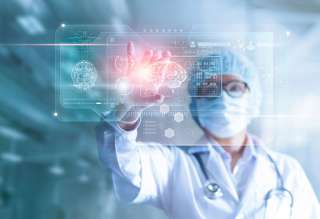What Is the Future of Medical Imaging Technology?
If you’ve ever been to the emergency room due to an injury, chances are you’ve had a routine encounter with what is in fact a wonder of the modern age: Magnetic Resonance Imaging, or MRI. Advancements in medical imaging allow us to study parts of the body, including the brain, to an extent unprecedented in the history of medical science.

















